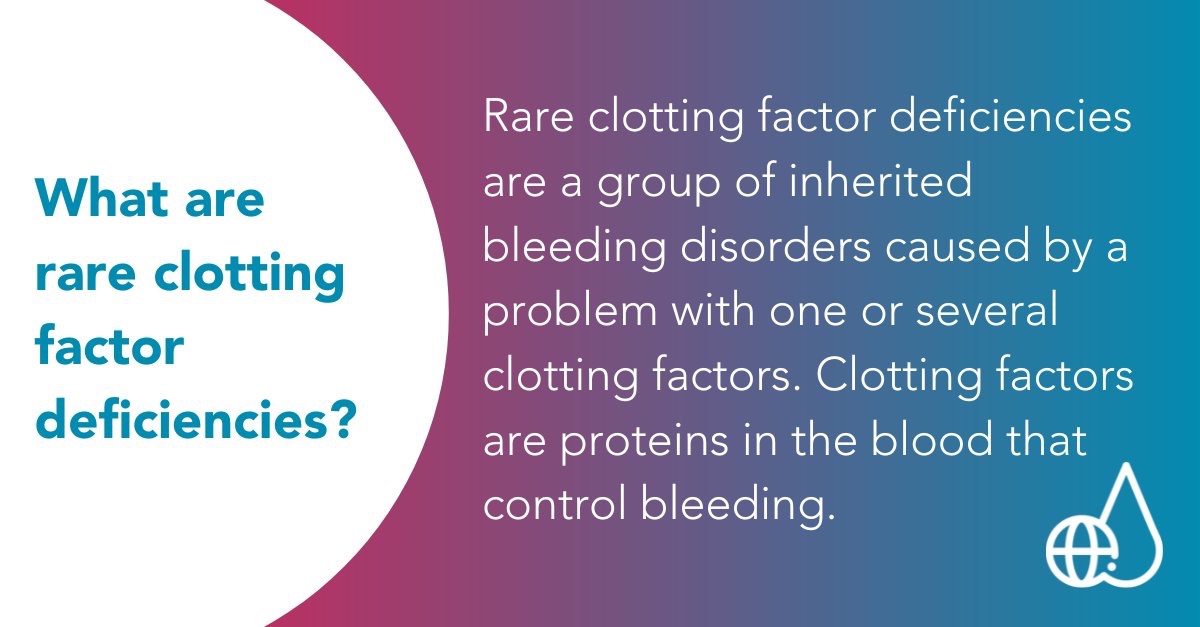
WFH e-Learning Platform: Discover the Chaotic Science Behind All 13 Clotting Factors
The World Federation of Hemophilia (WFH) recently shared a post on X:
”Did You Know: Many different clotting factors work together in a series of chemical reactions to stop bleeding. Learn more about Bleeding Disorders and how the WFH is working towards Treatment for all.”
An e-learning platform to clear all the chaos of clotting mechanisms!
Clotting factors are essential proteins in the blood that coordinate to stop bleeding after vessel injury—as you may have heard.
When damage occurs, blood vessels constrict, and platelets adhere to the injury site, forming an initial plug.
These activated platelets release signals that recruit more platelets and initiate the coagulation cascade—a series of reactions involving clotting factors on the platelet surface.
This cascade ultimately produces a stable fibrin clot, acting as a mesh to seal the vessel and prevent further blood loss.
This and much more—covering each coagulation factor and the chemical reactions that help prevent bleeding—are featured on the WFH official e-learning platform.
On the platform you will also gain insight into the dedicated efforts of WFH to improve care and support for the bleeding disorders community!
Read Hemostasis Today, get more insights on Bleeding Disorders Community.
-
Nov 30, 2025, 06:18Amir Mohammad Nouri on The Potential of DeepPE
-
Nov 29, 2025, 17:37Almahdi Ali Explores Ipsilateral Paradoxical Thromboembolism at 22nd European Angiology Days 2025
-
Nov 29, 2025, 17:23Jack Shuang Hou Shares Major Neurology Updates This Week
-
Nov 29, 2025, 16:52Federica Fogacci on Further Strengthening Collaboration Within the Lp(a)CCELERATE Study
-
Nov 29, 2025, 16:42Dr Abdul Mannan on the Echinocyte: Mastering the Diagnostic Duality of Artifact vs. Pathology
-
Nov 29, 2025, 16:42Vikas Dua: Heme Next 1.0 A Conference with a Difference
-
Nov 29, 2025, 16:41Hind Ali: Sources Of Error in Cell Counts
-
Nov 29, 2025, 16:40Maxime Dely: Even on a Break, You Can Give
-
Nov 29, 2025, 16:39Shrinidhi Nathany: HemeNext Brings Science, Technology, and Leadership Together
